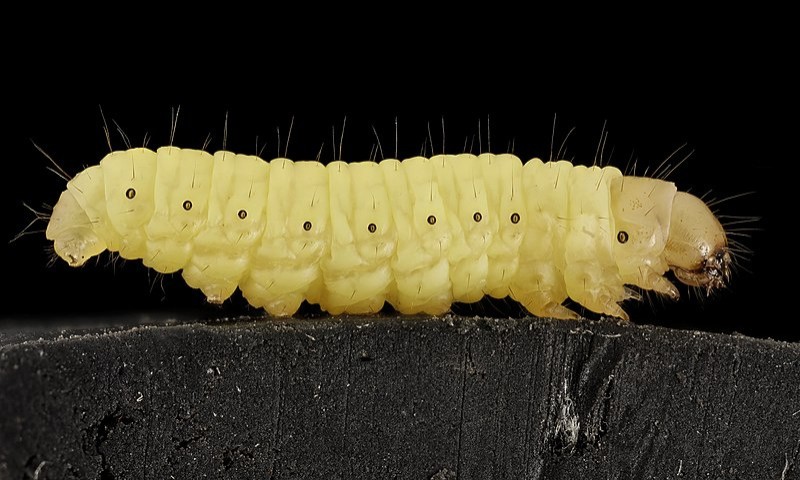Wax worm saliva has been found to be capable of dissolving even the world's most-polluting plastic, according to a new study led by Spain.
A compound within the saliva can break down polyethylene, a tough and durable plastic material. The unprecedented discovery is believed to be the first of its kind and shed light on the possibility of addressing the growing problem of plastic pollution.
Wax Worm Saliva

The study was published in the journal Nature Communications on Tuesday, October 4, led by a team of researchers from the Spanish National Research Council (CSIC), which claims that the breakthrough discovery can have important implications for the future of sustainable plastic waste disposal and Earth's environment.
The CSIC-led study says that plastic degradation by biological systems could be a future solution to the global threat posed by plastic pollution or plastic waste accumulation. In the new paper, the research team reports the saliva Galleria mellonella larvae (wax worms) can oxidize and depolymerize .
The dissolution of the one of the world's most produced and sturdy polyolefin-derived plastics takes effect after a few hours of exposure to the wax worm saliva under room temperature and with the right physiological conditions (neutral pH).
The worm drool can overcome blockage step in polyethylene biodegradation, which is the initial oxidation phase. Inside the saliva, the team identifies two enzymes, which belongs to the phenol oxidase family, that can reproduce the same effect.
According to the paper's authors, these enzymes are the first animal enzymes with such capability, paving the way to potential solutions when it comes to plastic waste management through bio recycling or bio upcycling.
Also Read: Wufengella: Armored Worm from 518 Million Years Ago Reveals Ancestry of Three Major Animal Groups
What is Polyethylene?
Polyethylene, being one of the worst forms of plastic pollution, can be broken down from the discovered chemicals in the wax worm's drool. The said plastic material accounts for approximately 30% of plastic production, according to study co-author, Clemente Fernandez Arias, who told Newsweek.
The material is mostly used for single-use objects like food packaging and plastic bags. Polyethylene is also one of the world's most difficult plastics to recycle and dispose of, Arias adds.
Plastic Degradation
In previous research, some species of bacteria and fungi are capable of plastic degradation. For instance, the bacterium Ideonella sakaiensis can digest PET, the plastic material used to maker water bottles. In addition, the fungus Aspergillus tubingensis was found to break down the plastic material polyurethane, which is manufactured to make adhesives, clothing, and foam, Newsweek reports.
Plastic waste consists of up to 80% of all marine pollution and around 8 to 10 million metric tons of this material end up in the ocean each year. Research shows that plastic will likely outweigh the number of all fish in the sea by the year 2050, according to the United Nations Educational, Scientific and Cultural Organization (UNESCO).
In the past 10 years, humans have produced more plastic products than in the previous century. Currently, there are around 50 to 75 trillion pieces of plastic and microplastics in the ocean, UNESCO says.
Related Article: Seaweed and Chalk May Help Combat the Ocean's Plastic Pollution
© 2025 NatureWorldNews.com All rights reserved. Do not reproduce without permission.





